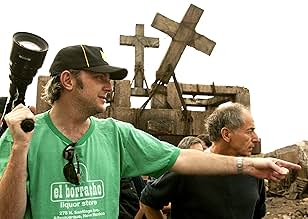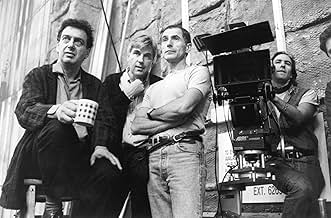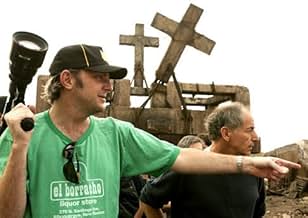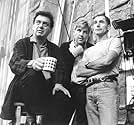Philippe Rousselot
- Cinéaste
- Service de la caméra et de l'électrique
- Réalisation
Philippe Rousselot est né le 4 septembre 1945 à Briey, Meurthe-et-Moselle, France. Il est directeur de la photographie et réalisateur. Il est connu pour Entretien avec un vampire (1994), La rivière du sixième jour (1992) et Big Fish: La légende du gros poisson (2003).
- A remporté 1 oscar
- 14 victoires et 25 nominations au total
Cinéaste
Service de la caméra et de l'électrique
- 1998
- 1976
- 1975
- L'école sauvage
- assistant camera
- 1973
- 1972
- 1972
- 1970
- 1970
- 1969
- 1969
- 1968
Réalisation
- Autre nom
- Philippe Rousselot A.F.C.
- Naissance
- AnecdotesMember of the 'Official Competition' jury at the 48th Cannes International Film Festival in 1995.
- CitationsI saw a film by Éric Rohmer called La collectionneuse (1967) and I thought the photography was absolutely brilliant. It was really one of the turning points in the history of cinematography. And I said, "I have to meet the DP." Somehow through friends I got Néstor Almendros's phone number and I met with him and he was very nice, but he didn't have any (work) to offer to me. Then through other people I had been working with I got a call for Ma nuit chez Maud (1969) because they were in need of a clapper loader. It was a happy accident. (...) There actually was not much (loading) to do. Rohmer used so little film. I was loading 400 foot mags and maybe only three in a day. So I did spend a lot of time watching what was happening (on set). It was a very small crew and you could talk to everybody. It was wonderful. (...) Néstor was basically the first to start bouncing lights. There was a little bit of that with Raoul Coutard but apart from that Néstor really invented a way of lighting that everybody has used since. So not only was I influenced by Néstor, but everybody was. What I also learned from Néstor was an intellectual approach to lighting. Néstor did not learn lighting in school, so basically he used good sense and logic to invent this whole new way of lighting. The traditional way was you have a key light and then you have fill and then you have a backlight, and you do things by the numbers, basically. Néstor didn't know how to do all that. So he said, "Well, what is logical? If the light would come from the window then I should put something out the window. And if it's a soft light, then it has to come from a very large source so I'm going to bounce the light against sheets of paper." It was a completely different way of thinking, which I hope I still carry. [2016]
Contribuer à cette page
Suggérer une modification ou ajouter du contenu manquant





































